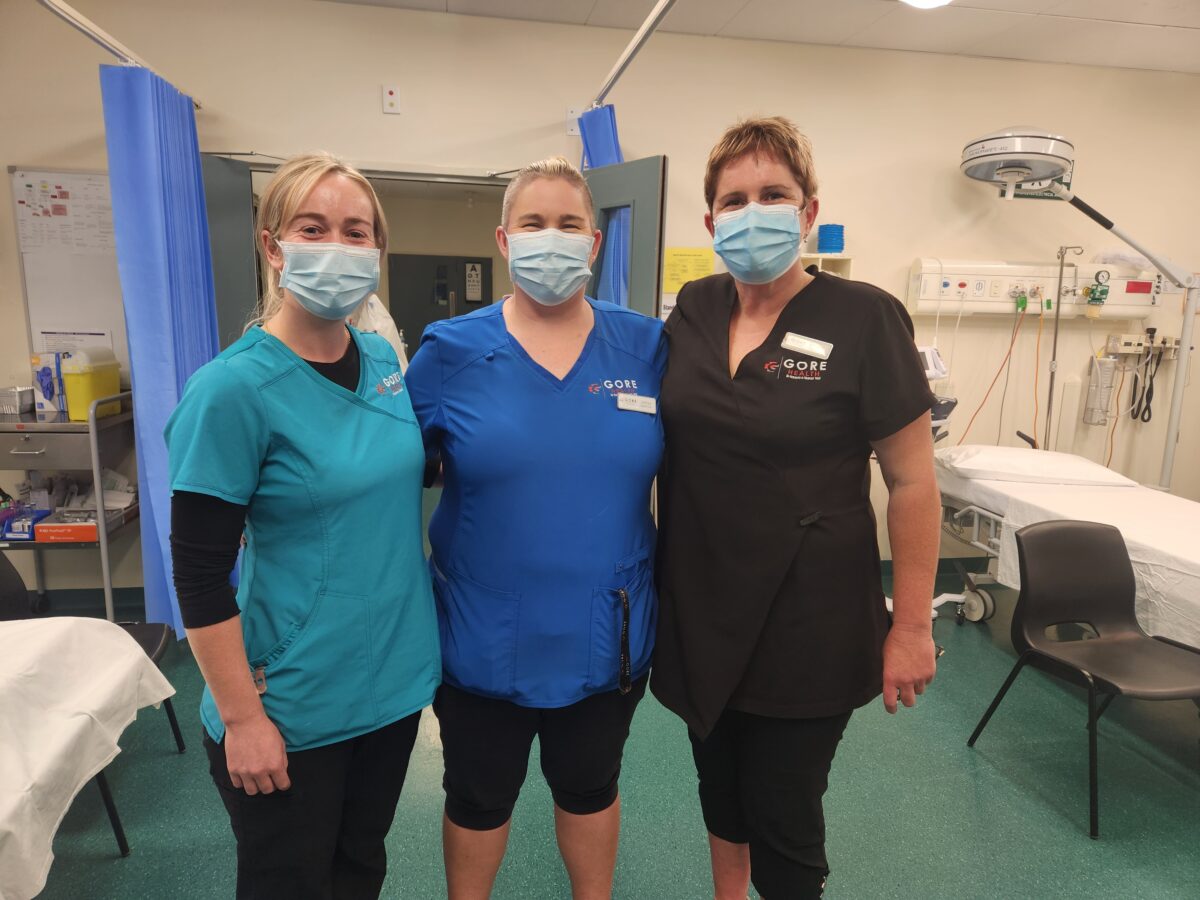
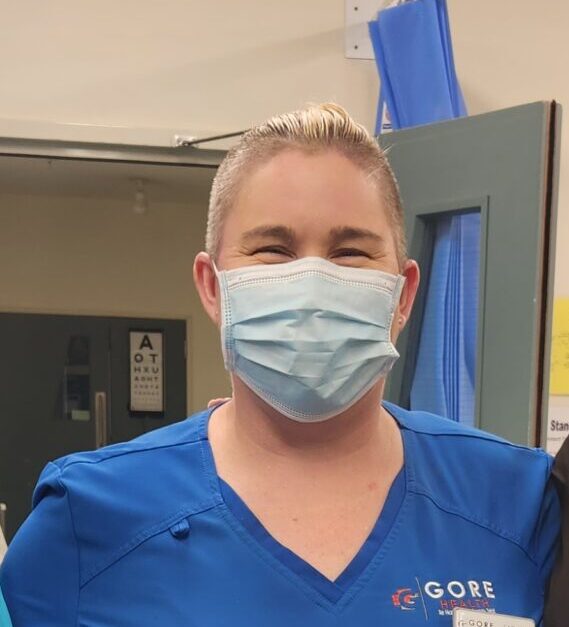 |
Gore Hospital emergency nurse Sarah Mantell
“If we can make one change, it can be a ripple effect.” |
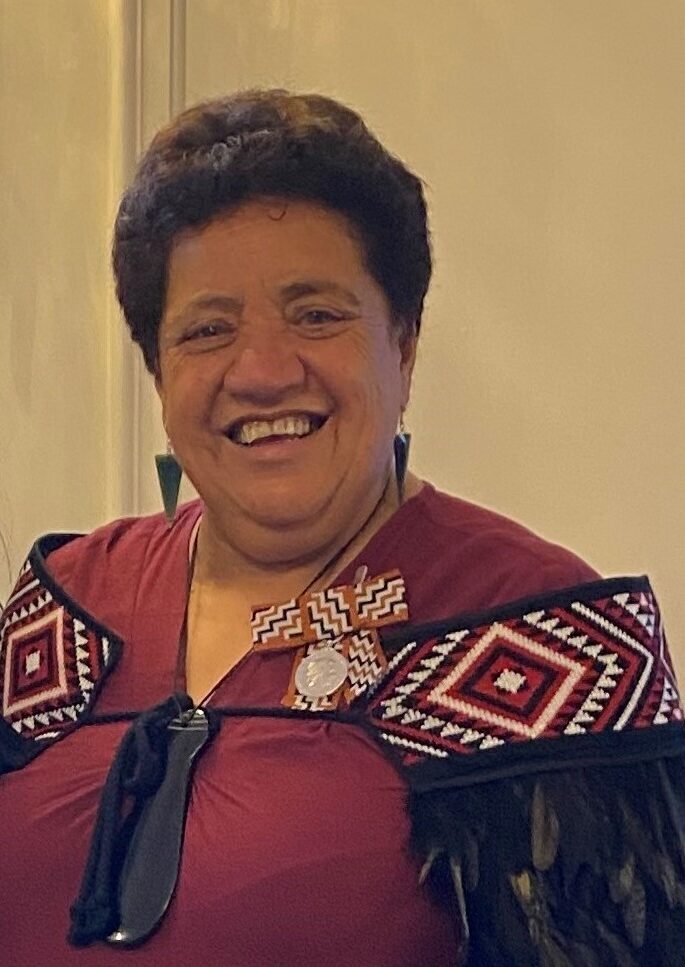 |
Māori rural health provider nurse Gina Chaffey-Aupouri
“I think knowledge is power and knowledge is tino rangatiratanga. When you have the knowledge, you have the ability to stand up.” |
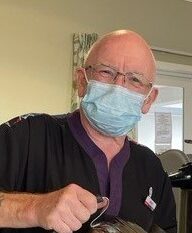 |
Aged-care health-care assistant Dave Dawson
“I wanted a bit of empowerment to improve the situation we have and also improve the workplace as well in general and make sure things are done safely.” |
After 17 years in nursing, Gore Hospital emergency nurse Sarah Mantell decided to make a stand over a department she says was increasingly unsafe — for staff and patients. “I was just like ‘this is getting ridiculous, this is unsafe’ — we’re not getting meal breaks, we’re not getting relieved, the overtime is ridiculous, double-shifts . . . and it was happening in the ward as well.”
Summoning the energy, Mantell, an NZNO delegate, took to Facebook to organise a meeting of the hospital’s NZNO members one evening to canvas concerns — “there were a lot!”
They included:
- A shortage of ED nurses, forcing staff to work 12 and 16-hour shifts at short notice
- Late rosters, filled with gaps
- Insufficient weekend staffing
- Discouragement of staff feedback
- No team resuscitation or emergency training
- No nurse educator
Mantle and nurse practitioner Trudee Sharp wrote them up into a letter, signed by all 24 staff present — including the health and safety representative (HSR) as required — and sent it off to Gore Health chief executive Karl Metzler and the Gore Health board on August 12.
They said they were “formally writing to express health and safety concerns regarding the untenable situation experienced by NZNO members and the wider work group who report feeling overwhelmed, underappreciated and overworked daily whilst at work“.
‘ We’ve now got a second nurse – it helps us so much . . . it’s a start’
Not only were staff at risk, patient care was also compromised, they wrote. ED nurses were having to triage new patients, “interrupting and delaying” emergency patient care — or, conversely, unable to triage new patients as they were caring for existing ones.
“There is an urgent health and safety need to address these issues immediately.”
Put it in writing
The letter made several recommendations — an external review of ED, post rosters 28 days in advance, involve staff in solutions, increase weekend staffing, set up an acuity tool to guide safe staffing levels and redirect triage calls to GPs or Healthline — to name a few.
Invoking the 2015 Health and Safety at Work Act [schedule 2, clause 10 (2)], staff requested a reply within three weeks as a “reasonable time” required by law to consider health and safety recommendations.
And they got one. On September 9, Metzler apologised for a lack of communication, acknowledging a shortage of nurses, rostering problems and lack of breaks and sharing the hospital’s recruitment challenges.
But staff were dissatisfied with a lack of resolution and detailed response to their recommendations. Supported by NZNO organisers, further correspondence led to a meeting in March where delegates warned management their recommendations must be met, or a plan put in place.
‘Get collective — it’s the only way. If people hadn’t got together as a collective group, nothing would have ever happened, we would have been in a right mess.’
If not, management were advised there would be legal implications.
NZNO could next have issued a provisional improvement notice (PIN) — a legal notice which obliges management to respond within eight days or face possible intervention by workplace health and safety (H&S) regulator WorkSafe.
The Health and Safety at Work Act (HSWA), introduced in 2015 in response to the 2010 Pike River mining disaster, allows PINs to be served on employers who may be breaching health and safety law.
A WorkSafe spokesperson said if a trained HSR had issued a PIN “following correct process” the organisation was obliged to display the PIN prominently” or risk a $25,000 fine. Then they must “either comply with it by working to address the problem or seek a review of it by the industry regulator within seven days” — or risk a fine of up to $250,000.
WorkSafe ‘inconsistent’
NZNO organiser John Howell said WorkSafe had been inconsistent in its response to PINs, and needed to “lift its game” by engaging actively with the HSRs and unions — not just the employer.
“The sense has been that many WorkSafe inspectors talk with employers and shut HSRs and their representatives out of the communication loop.”
The regulator also needed to be prepared to use the “stick” occasionally, he said. “There have been too many occasions when Worksafe could and should have used the many enforcement tools at its disposal — the ‘kumbaya’ approach only goes so far.”
But, in Gore, these steps have not yet been needed. Gore Health has “finally” hired a second registered nurse (RN) in ED, a new space is being set up to triage ED patients, and two more health-care assistants (HCAs) have been hired for wards. The clinical nursing director will meet nursing staff to discuss a local acuity tool to guide safe staffing allocations. And managers have promised to post rosters earlier — about which Mantell says “we’ll wait and see”.
“I’m not sure what the hours are, but we’ve now got a second nurse – whatever that is, it helps us so much . . . it’s a start,” says Mantell, adding that staff felt “very positive” about the moves.
She hopes others can learn from Gore Hospital’s approach.
“If this can make a change to somewhere else then that’s great – that gives people the power. If that could help another hospital or rest home or GP practice, that would be amazing! If we can make one change it can be a ripple effect.”
Be informed — then speak up
East Coast rural health nurse Gina Chaffey-Aupouri, Ngāti Porou, encourages nurses to be active in their regional NZNO and wider networks, in order to be informed of their rights and the correct pathways when it comes to raising work safety issues.
“I think knowledge is power and knowledge is tino rangatiratanga. When you have the knowledge, you have the ability to stand up,” says Chaffey-Aupouri, a long-time NZNO delegate.
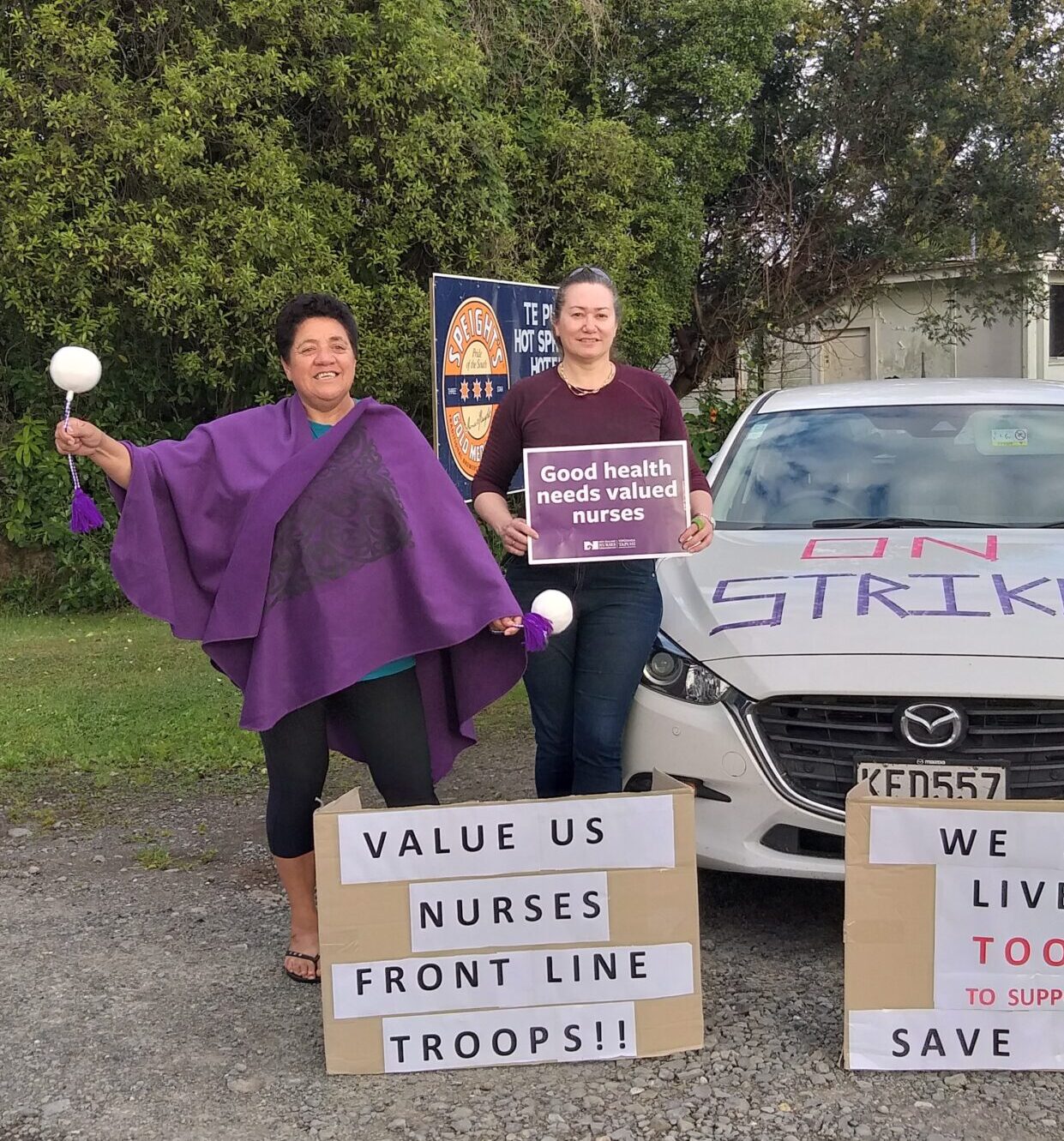
Speaking up could be hard — but often having a supporter — a mediator, advocate or mentor in your corner, helped — “someone you can talk to and trust”, she said.
If all else failed, legal avenues were an important tools. “When the worst comes to the worst, then we have to use the laws. The laws that set out what is tika, what is right.”
Over time, Chaffey-Aupouri has also become better at setting boundaries to keep herself safe and well. Nurses freely give much of themselves to others — Māori nurses especially, she said. “We are 24/7 — whether you’re at the marae or opening of a kōhanga — you’re still the nurse,” she said.
“One of the most important things is to maintain your wellness. For me, that’s doing kapa haka or going for a hīkoi.
‘When the worst comes to the worst, then we have to use the laws. The laws that set out what is tika, what is right.’
“Initially, I would just keep working to the end and then come home and die, really! As I’ve got a longer tooth, I’ve got more wisdom – if you don’t look after yourself, no one else is,” she said. “So I think safety is identifying that – the importance of rejuvenating yourself.”
Chaffey-Aupouri believed Māori and iwi providers tended to be more understanding of their staff’s safety and wellbeing than some mainstream providers, at least in her experience — “mine are very understanding and respectful”.
However, she had always stood up for her rights — “I’m a bit of a radical . . . I’ll stand up and march and say ‘this is why you shouldn’t do that’.”
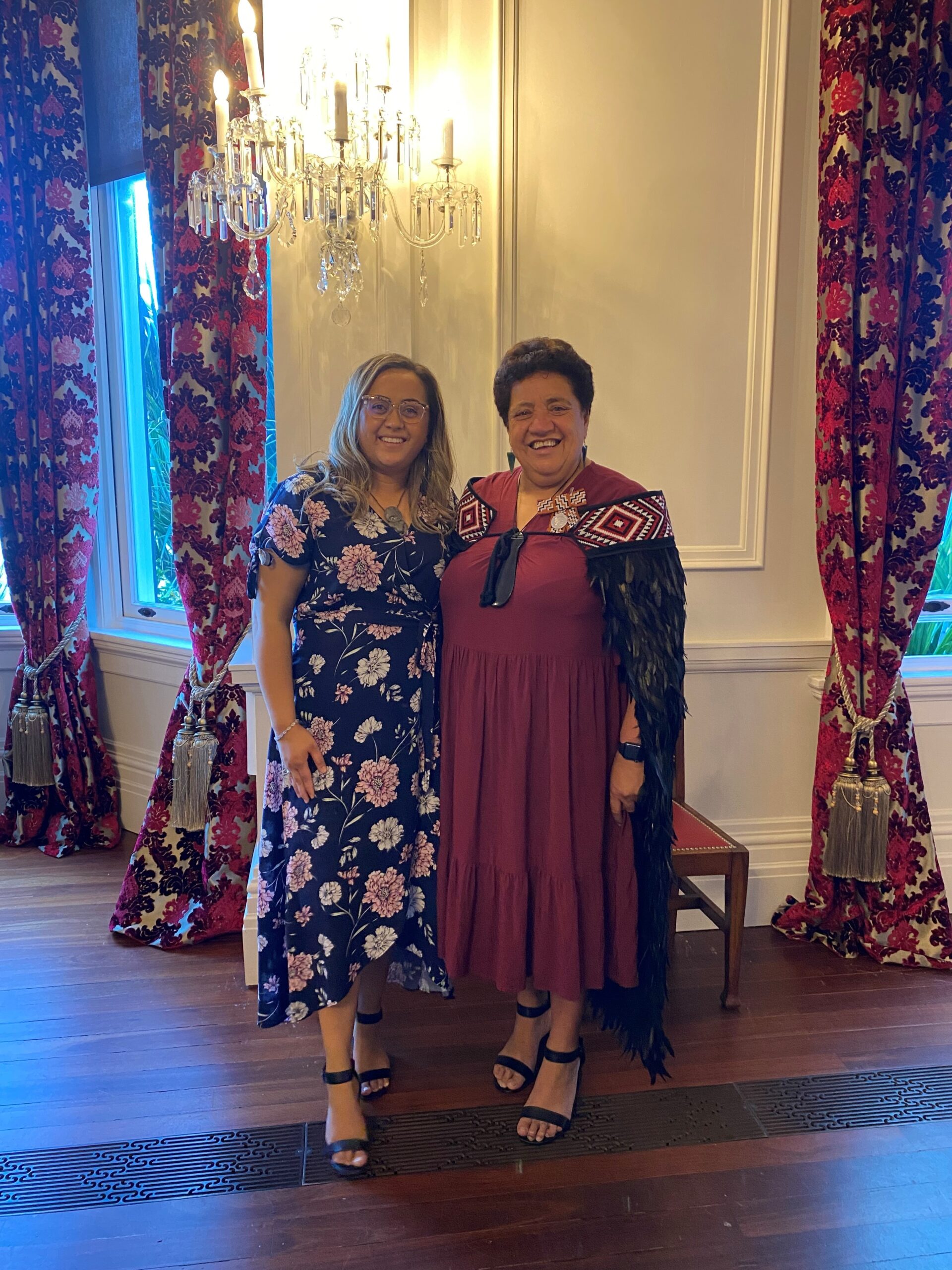
Aged care approach
Meanwhile, at an aged residential care (ARC) facility in the Waikato, staff have been struggling for nearly two years with what they say are unsafe conditions and management problems. About a third of the 30-odd nurse and caregiving staff had quit or taken stress leave in that time, health-care assistant (HCA) and long-time NZNO delegate Dave Dawson reckons.
“We have lost at least seven RNs and nine caregivers as a direct result of this; including a clinical nurse leader who was an absolutely fabulous person.”
‘Health and safety issues are widely felt, deeply felt and totally winnable — it’s one of the most powerful organising tools we have.’
That has left the facility dangerously understaffed — “it’s not safe”.
Dawson, a former nurse, himself had to take stress leave for the first time in his 50-year career as a health professional. “I have never ever needed it, but it got so bad, I needed a couple of extra days off,” he told Kaitiaki.
“As a delegate I was fielding so many complaints about [management] attitude, behaviour — how they were treating staff.”
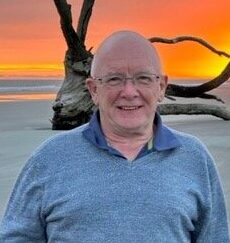
In late 2022, Dawson decided to do the H&S training and became the HSR, to try and help his colleagues.
HSRs have the right to two days per year H&S training paid for by their employers — and it must include the NZQA standard ‘29315‘ which allows the HSR to issue PINs and cease-work directives.
“I wanted a bit of empowerment to improve the situation we have and also improve the workplace as well in general and make sure things are done safely.”
An initial easy win was over a broken hoist — it would raise but not lower residents. With his new H&S hat on, Dawson advised management it needed urgent fixing — and it was, within three days. “So, yes, it does work. It gives you extra [legal] avenues you can potentially use if you need.”
‘If this can make a change to somewhere else then that’s great — that gives people the power. If that could help another hospital or rest home or GP practice, that would be amazing.’
However, dealing with the management situation has been a lot harder. Working closely with NZNO organiser Veronica Luca, Dawson made sure staff — many of whom were migrants from countries with few workplace protections — were unionised. This was challenging, and took many hours, as some were fearful of speaking up.
“We do have a lot of overseas caregivers and they were worried about their jobs . . . because [management] had [supported] their visas.”
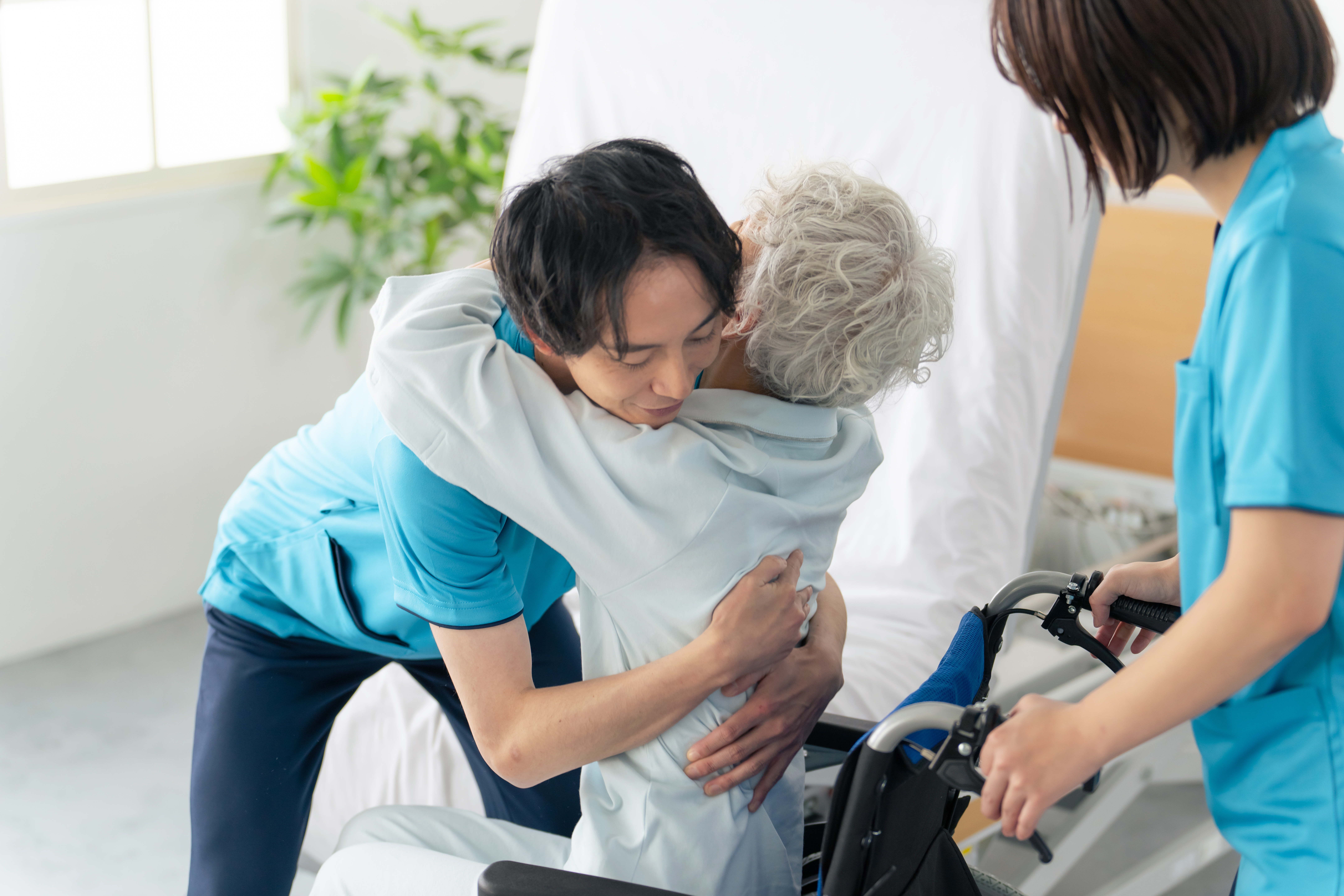
But there was a strong caregiving team, they trusted Dawson — and with much hard work, more than 90 per cent are now NZNO members.
“Get collective – it’s the only way. If people hadn’t got together as a collective group, nothing would have ever happened, we would have been in a right mess,” Dawson said.
In October, 28 of the 33 staff signed a letter of complaint over management and rostering issues, sparking a “culture and people” review by the wider organisation. However, no meaningful action had followed and NZNO was now considering the legal H&S route, including lodging a PIN over unsafe staffing levels.
‘Totally winnable’
Across the country, about 15 PINs have been lodged in the past two years when NZNO started getting more active in this area. Most were in hospital EDs but they could be used in any health workplace, says NZNO organiser John Howell. He would like to see H&S activism picked up by members across the country as a means of addressing issues like unsafe staffing, fatigue, violence and psycho-social harm.
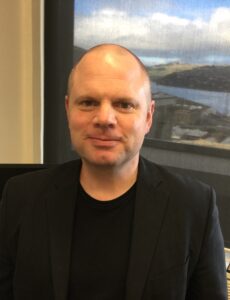
“Escalating H&S won’t be a magic bullet that will solve the health crisis overnight – but it is one of the most powerful organising tools we have,” Howell told Kaitiaki. “H&S issues are widely felt, deeply felt and totally winnable.”
It was a way of pushing problems up to management, “rather than our members absorbing it and carrying it on their shoulders”, Howell said.
“We put it to our members that it’s as important, if not more important, that our member health and safety needs to be a priority for patient safety to exist.”
Setting up health and safety representation in your workplace
- Make sure you have an HSR on your team — there should be one for every 19 workers (although this is rarely the case). H&S is core union business under the Employment Relations Act and HSRs should be ‘in the fold’ with delegates.
- Make sure the HSRs are NZNO members and are authorised to issue PINs and can direct people to cease unsafe work. This requires a specific NZQA qualification — ‘29315’ — so ensure that is included in the training.
- If there are no or few HSRs, or they are filled by managers, request an HSR election be held and find some natural leaders and union members in your workplace to stand.
- Seek out Māori members if possible for such leadership roles, as part of actualising te Tiriti.
Escalating safety issues
- Start by following your employer’s H&S processes – this leaves a paper trail to justify moving to a formal legal process.
- Put time limits on action so not to overwhelm burned-out staff – for example, report every incident for seven days only.
- Next step is to provide formal recommendations to management, with a deadline to respond. This needs to be collective – get everyone to sign – and signed by an authorised HSR. (The rep does not need the 29315 qualification at this step.) The employer cannot ignore this – they must either adopt the recommendations or outline in writing why not.
- If this does not happen, an HSR (with the 29315 training) can lodge a PIN. This gives employers eight days to challenge, remedy or provide a plan to remedy before WorkSafe can be called in.
- It is important to follow these steps so it is clear the employer has been consulted by the time WorkSafe is involved – or the PIN can be cancelled.
- Any problems or resistance from employers, contact your NZNO organiser.
— NZNO can support members everywhere to “collectively escalate their H&S concerns via this powerful piece of legislation”, Howell says. There is now an NZNO WhatsApp group for HSR and those interested in health & safety. Contact [email protected] for details or a copy of the NZNO members’ guide to health and safety.


